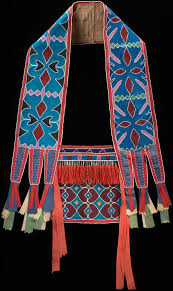The Americas Study Guide 4
1/41
There's no tags or description
Looks like no tags are added yet.
Name | Mastery | Learn | Test | Matching | Spaced |
|---|
No study sessions yet.
42 Terms
a form of construction in which two upright posts support a horizontal beam (lintel).
large ear ornament
an important social and ritualistic practice, literally and symbolically associated with life and death (origin story)
very large scale, at least twice life size
an ax head, typically only used ceremonially
exterior vertical face of a building, usually the front
an architectural configuration with rectangular elements perpendicular to the ground sitting on a sloping element
written script that uses conventionalized signs to represent concepts, sounds, or words.
ruled the Maya for more than 60 years in a time of rising power for the Maya
a container for human remains
an underground circular space used for political or spiritual rites
god of rain/water and agriculture
god of the Sun and warfare
a reclining figure with a vessel
a writing surface originally made from calfskin
a handwritten bound book
a method of book-binding in which pages are attached to one another by their sides and folded into an accordion shape
explorer-soldiers in 15th-16th century from Spain or Portugal who participated in the conquest of the Americas
in Pueblo culture, a deified ancestral or nature spirit; also a deity impersonator who wears the appropriate mask and costume in kachina rites
art of pouring colored sand into designs, part of the healing and ceremonial life of the Dine (Navajo) people
a surface that does not reflect light; has no luster or shine

Funerary mantle with embroidered decoration, Paracas, Peru, first century CE. Woven cloth, 55⅞ in. × 7 ft. 10⅞ in.



Colossal Head, (Head 8), San Lorenzo, Mexico, Olmec, c. 1200-900 BCE, basalt, 7’2” x 5’5
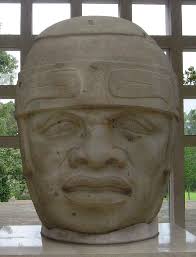

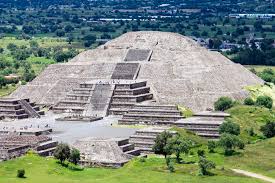
Façade of the Temple of the Feathered Serpent (detail: reconstruction), with talud-tablero profile, c. 225 CE, Teotihuacan, Mexico
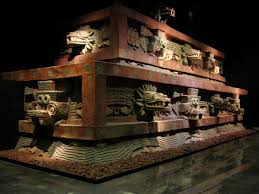
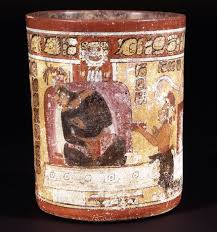
Sarcophagus lid (detail), from tomb of Pakal, Temple of the Inscriptions, Palenque, Mexico. Maya, c. 683. Limestone, 7 ft. × 12 ft.
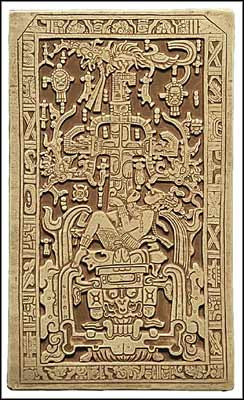


Central Cahokia as it would have appeared about 1150–1200. Settlement area shown approx. 2 × 2 miles (3.2. × 3.2 km); height of central mound approx. 100 ft.
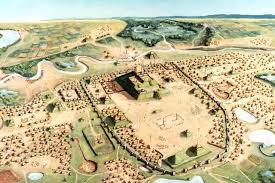
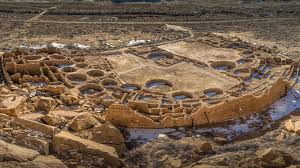
Templo Mayor, drawing showing earlier stages inside the latest iteration. Reproduces construction phases c. 1350–1519.

Calendar Stone, from the Templo Mayor precinct, early sixteenth century,
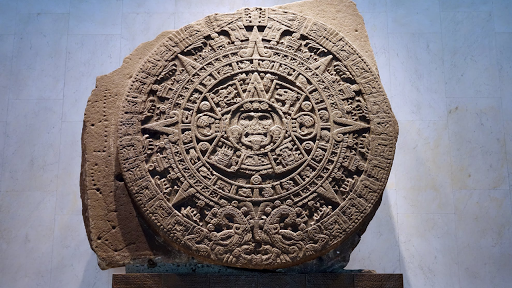
Mictlantecuhtli and Ehecatl, modern facsimile copy of the Borgia Codex, original possibly from Puebla or Tlaxcala, Mexico, original c. 1400–1500. 10⅝ × 10⅜ in.
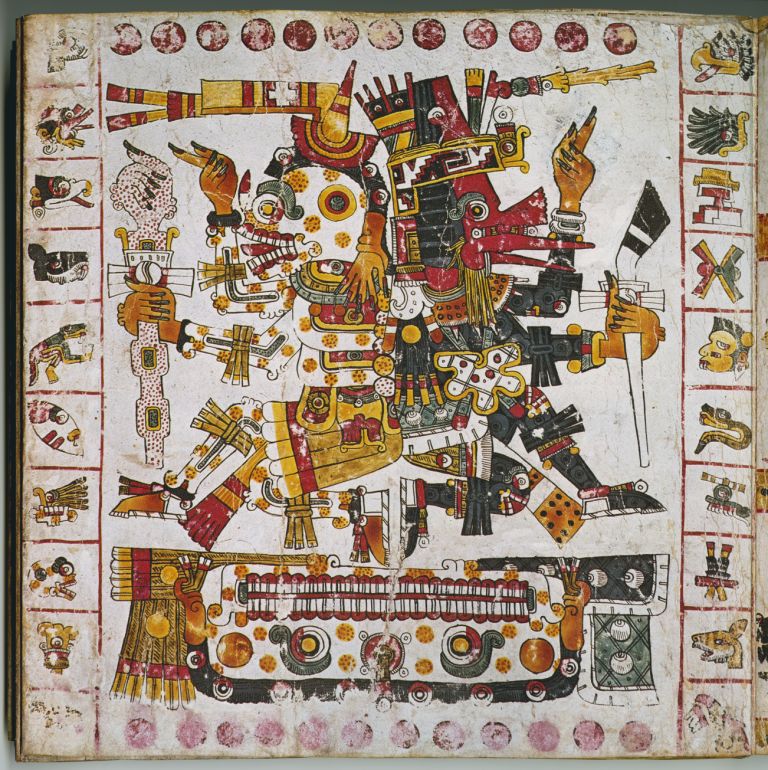

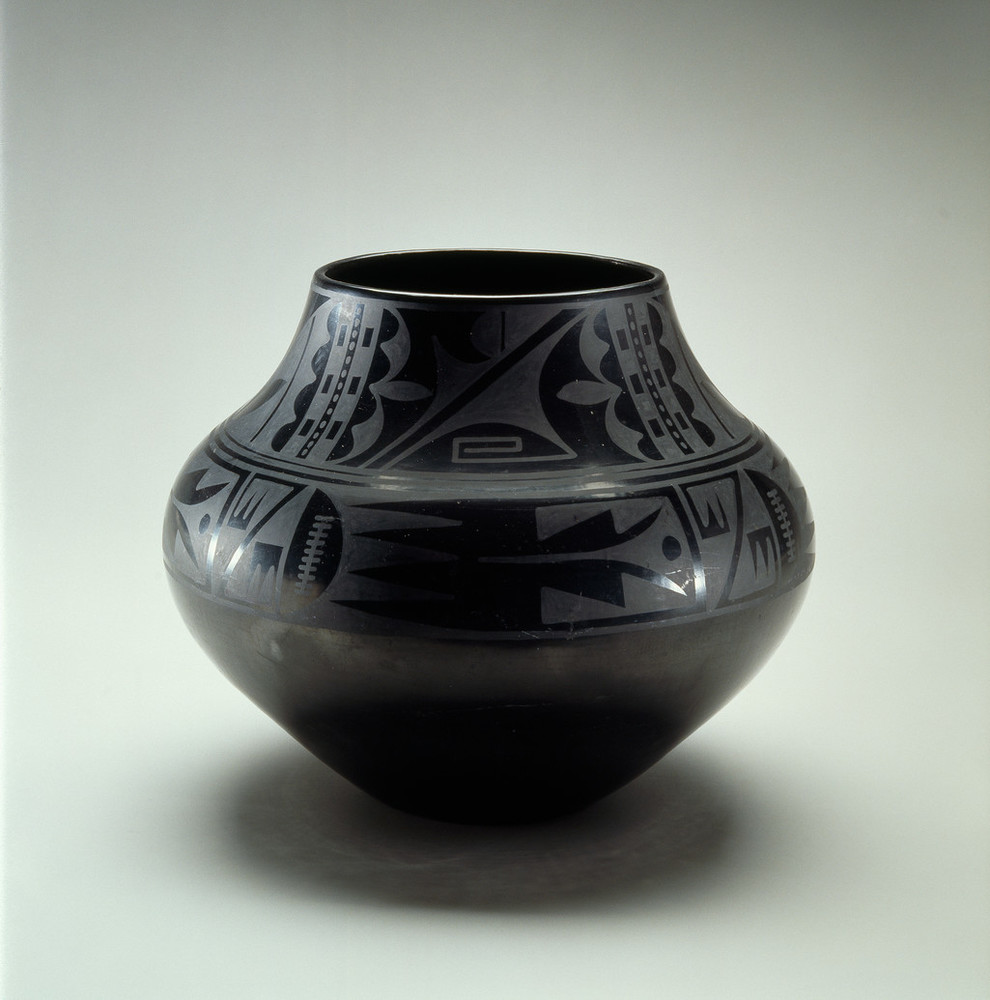
Kwakiutl Crooked Beak of Heaven mask (closed), British Columbia, Canada, late nineteenth century. Wood, plant fiber, cord, pigment, 18¼ × 40⅛ in.
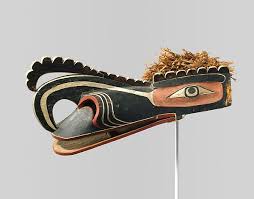
Bandolier bag, Lenape, Eastern Woodlands, c. 1850. Hide with silk and glass beads
